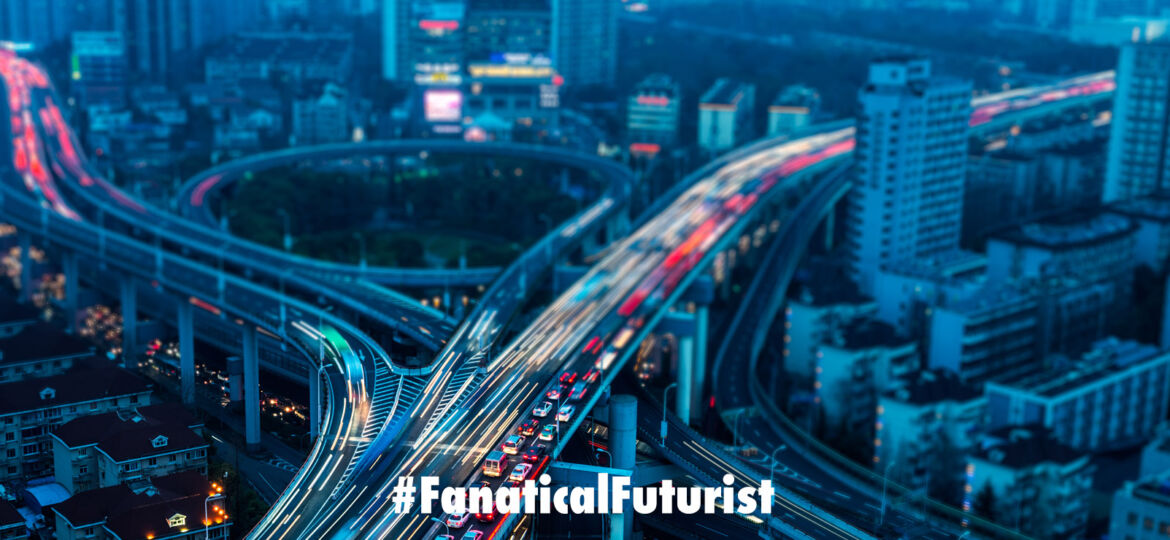
WHY THIS MATTERS IN BRIEF
As Covid-19 continues its rampage around the world governments are finding new uses for some familiar technologies.
 Interested in the Exponential Future? Connect, download a free E-Book, watch a keynote, or browse my blog.
Interested in the Exponential Future? Connect, download a free E-Book, watch a keynote, or browse my blog.
Increasingly the current Covid-19 pandemic is wreaking havoc around the world, and it’s rise to prominence has also spurred another rise to prominence – the Rise of the Machines – as 3D printers help print parts to fix respirators and create new ones, AI’s and supercomputers work to discover vaccines, autonomous vehicles disinfect streets and subways, drones patrol the streets looking for infected people and herding people indoors, robots “care” for Covid patients in increasingly autonomous hospitals, and smartphones become the ultimate big brother quarantine tools.
Now, as China continues its fight against the deadly coronavirus, drone maker DJI has been helping disinfect the streets after the company volunteered to disinfect over 3 million square meters (1.15 square miles) in just four days, according to local media. The spraying will take place from Friday to Monday in the southern city of Shenzhen, where DJI’s headquarters are located, and it will cover factories, residential areas, hospitals and waste treatment plants.
Over the past few weeks, local governments and agricultural drone owners have been utilizing drones to spray disinfectant, but they’ve also found other new uses. Some are using drones to disperse public gatherings and issue warnings over speakers. Drones also helped out with building additional hospital capacity in Wuhan, the epicenter of the outbreak, by providing lighting as construction workers rushed to complete the urgently needed facilities.
Not everyone agrees that spraying disinfectant all over cities is a good way to stop the virus though, which has already taken thousands of lives and infected over 375,000 people at the time of this post, and public health experts cited by Business Insider said that citywide germ busting is likely ineffective, suggesting disinfection efforts should focus on emergency rooms and other hospital areas instead. But that said this is just another example of how people and emerging technology are working together hand in, whatever, to combat the spread of this deadly disease.
















